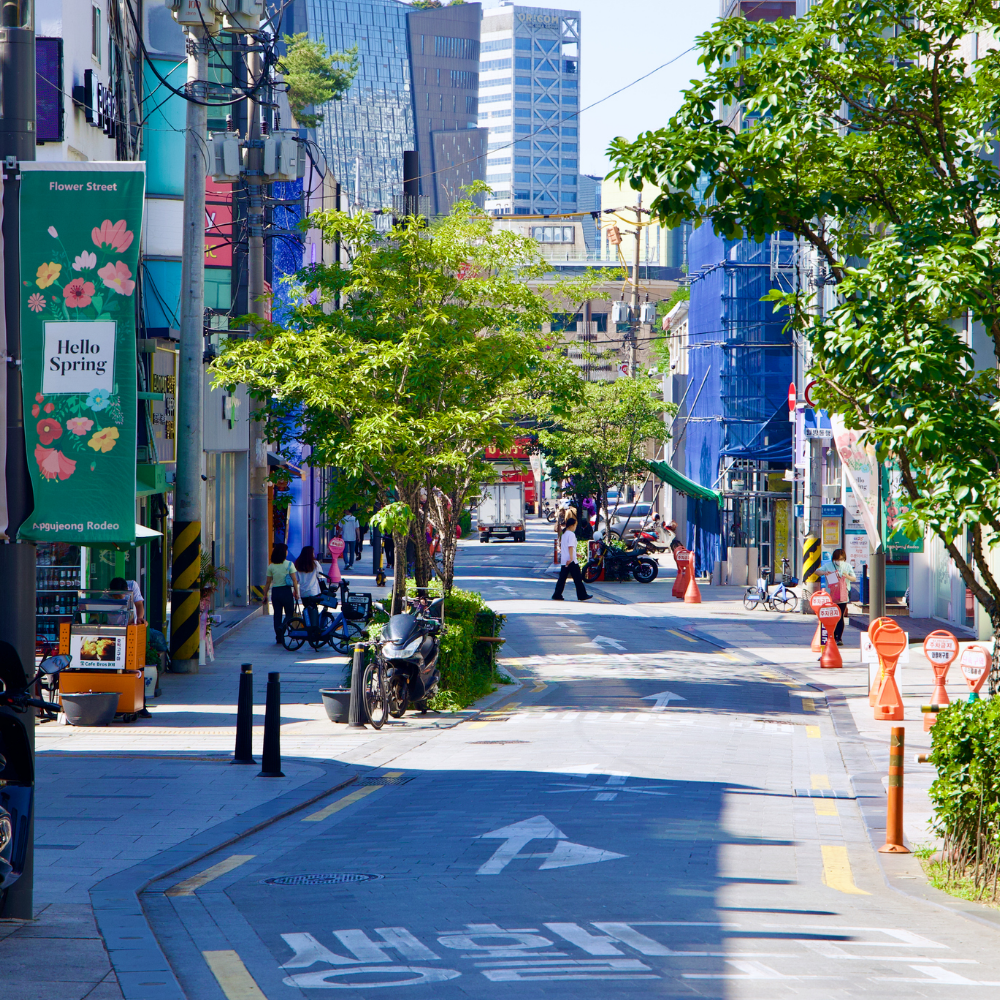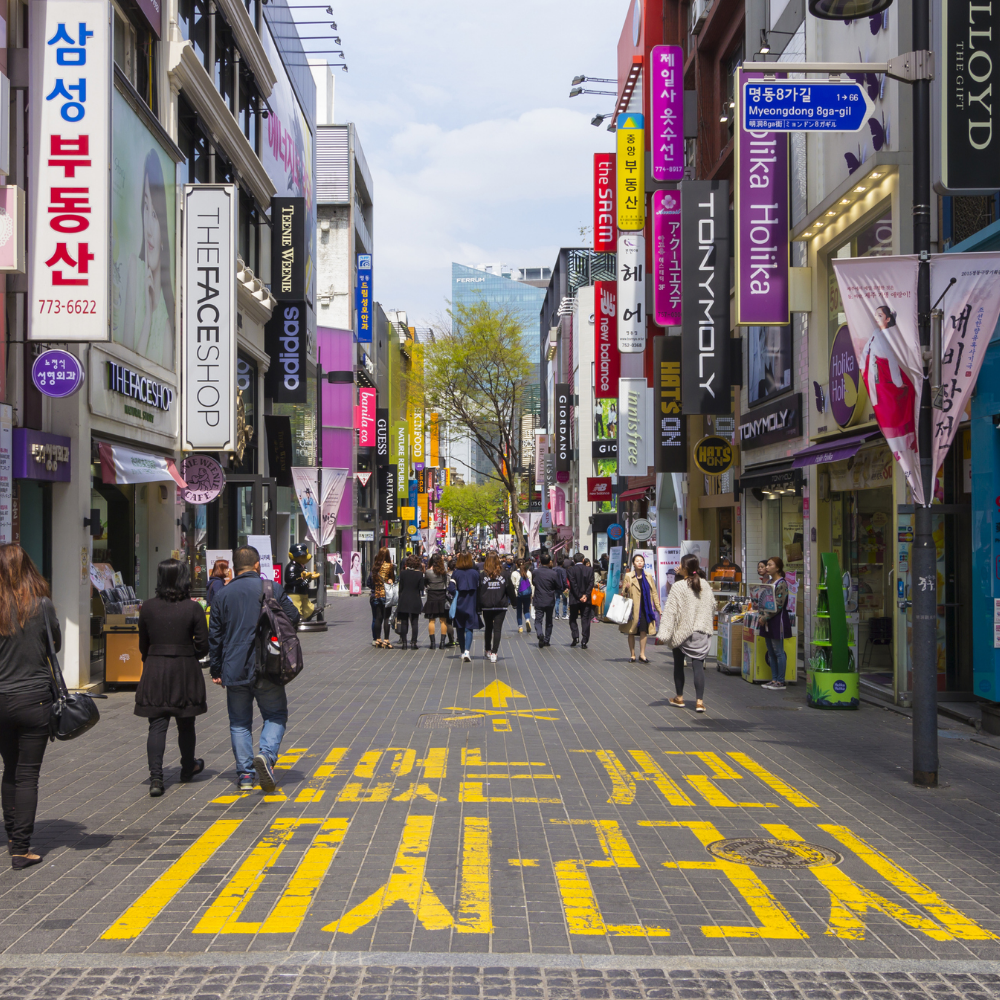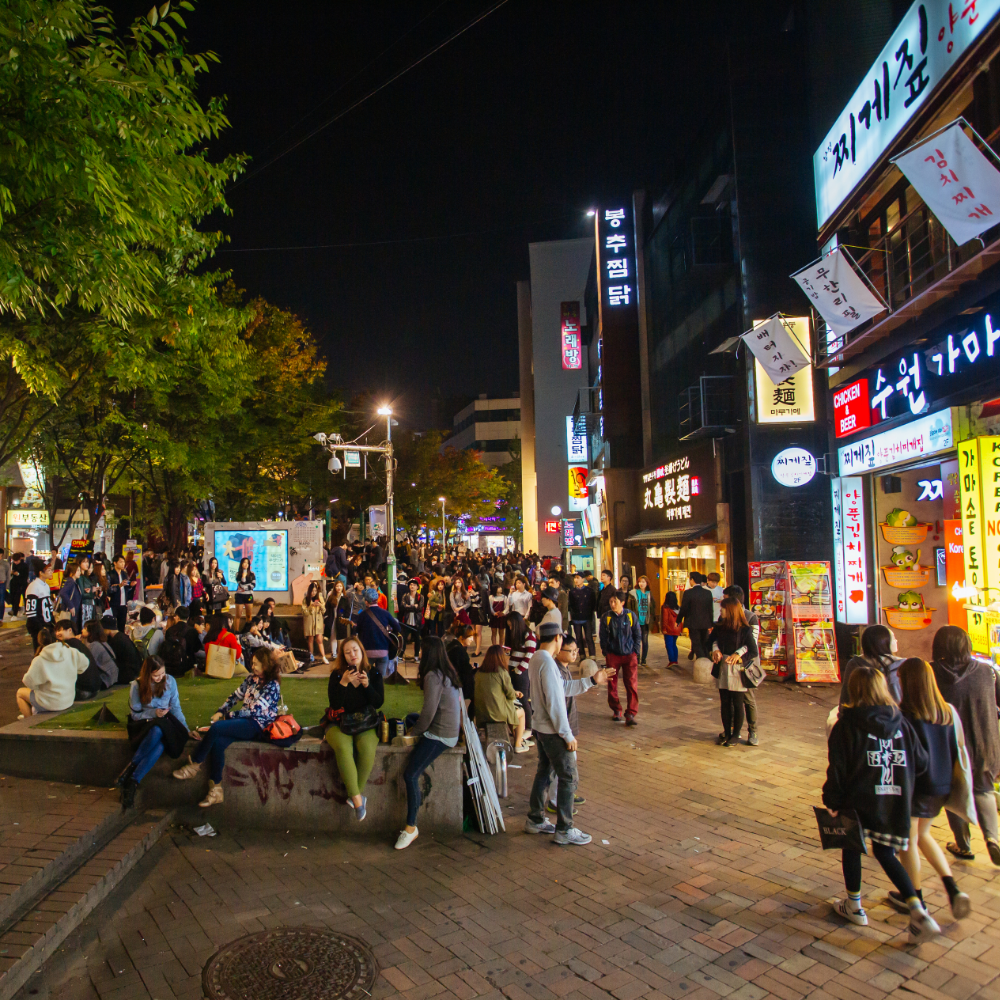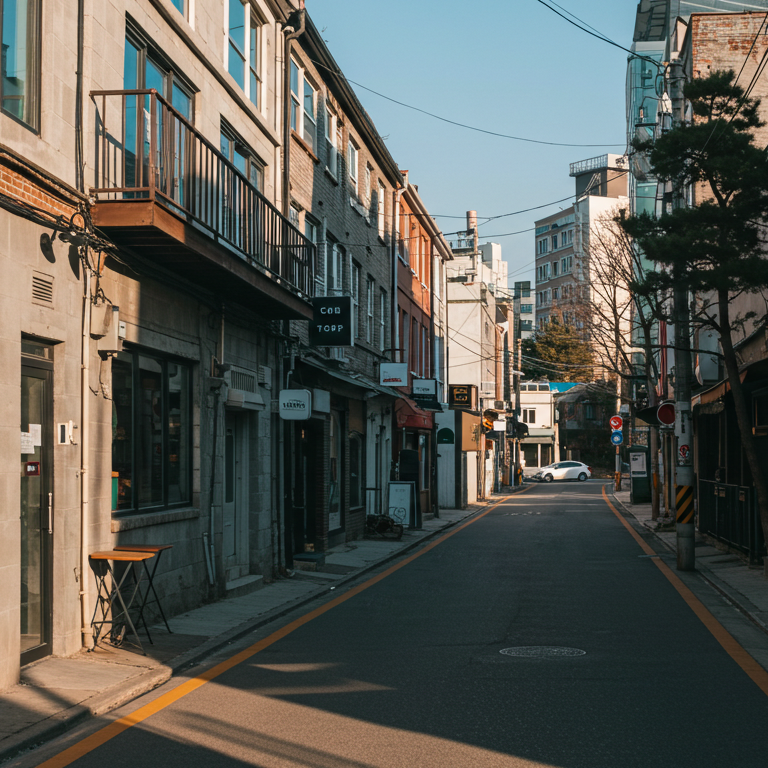From Cica to Ginseng: How Traditional Korean Ingredients Are Evolving in Beauty
Discover how centuries-old Korean ingredients like cica, ginseng, and rice are being reimagined in modern K-beauty — blending ancient wisdom with innovative skincare science.

The History of Herbal Skincare in Korea
Traditional Korean skincare has always been rooted in nature. From the Joseon Dynasty to modern times, ingredients like ginseng, rice water, and fermented herbs have been used not only for skin health but also for inner balance. The philosophy of 'beauty from the inside out' remains central to K-beauty, where skincare rituals were once part of wellness and self-care routines passed down through generations.

Cica: Korea’s Global Calming Superstar
Cica, short for Centella Asiatica, is one of the most iconic Korean skincare ingredients today. Once used to heal wounds and treat inflammation in traditional medicine, it's now a global favorite for soothing sensitive or acne-prone skin. Cica is rich in asiaticoside and madecassoside — compounds known to calm redness, strengthen the skin barrier, and aid recovery after laser treatments.
Brands like Dr. Jart+, Skin1004, and Etude have helped bring Cica to international attention, showing how a humble herb became a skincare powerhouse through science-backed formulation.

Ginseng, Mugwort & More: Modern Uses of Ancient Ingredients
Ginseng is prized for its anti-aging, circulation-boosting, and revitalizing properties. Korean Red Ginseng, in particular, is a staple in both food and skincare. It’s often found in serums and masks targeting elasticity, brightness, and overall vitality.
Mugwort (Artemisia) has resurfaced as a star ingredient for calming inflammation, reducing sensitivity, and balancing oil production. Used in fermented form, it’s especially beloved by those with acne-prone or eczema-prone skin.
Other rising stars include fermented rice extract (for glow and hydration), licorice root (for brightening), and hanbang complexes — herbal blends tailored to skin conditions. Brands like Sulwhasoo, Beauty of Joseon, and I'm From are leading the way in combining tradition with innovation.

What to Look for in Formulations
When shopping for herbal-based K-beauty, check the ingredient order — potent actives like ginseng or cica should appear near the top. Look for fermented or cold-processed forms, which preserve bioactivity. Also, pay attention to whether the product includes fragrance, alcohol, or artificial color, as these can irritate sensitive skin despite the presence of natural actives.
Opt for trusted brands that prioritize clinical testing and ingredient sourcing. Just because it says “natural” doesn’t mean it’s effective — modern Korean formulations prove that tradition and technology work best together.

Dr. Beau's Note
Korean skincare ingredients like ginseng, cica, and rice aren’t just trendy — they’re time-tested. The beauty of K-beauty lies in its ability to honor tradition while innovating for the modern world. Trust what’s been used for generations, but embrace how science makes it better.











